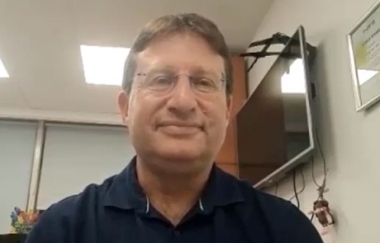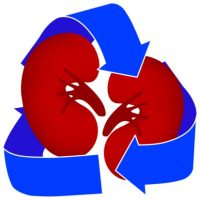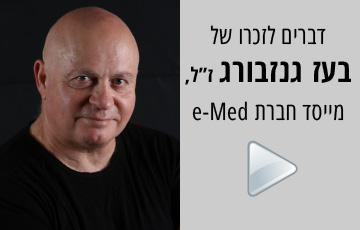NEW YORK (Reuters Health) – Cholescintigraphy (HIDA) is more sensitive than ultrasound (US) in diagnosing acute cholecystitis and should be the first modality used in suspected cases, according to a report published in the December issue of the Journal of the American College of Surgeons.
Dr. Corrado Marini, from Long Island Jewish Medical Center in New Hyde Park, New York, and colleagues compared the sensitivity of ultrasound and HIDA in 132 patients diagnosed with acute cholecystitis who underwent laparoscopic cholecystectomy. The patients included 50 who underwent US alone, 28 who underwent HIDA alone, and 54 who underwent both modalities.
The three groups were comparable in terms of age, liver panel results, time to operation, and hospital length of stay, the investigators note. Based on histopathologic findings, US, HIDA, and combined US/HIDA were 48%, 86%, and 90% sensitive in diagnosing acute cholecystitis, respectively.
The sensitivity of HIDA alone was not significantly different from that of combined US/HIDA.
For surgeons who base their operative decision solely on the presence of gallstones, US is the test of choice. In contrast, HIDA is the modality of choice for surgeons who restrict cholecystectomy to patients with acute cholecystitis.
"In those cases where the surgeon is concerned about a possible false-positive HIDA scan, a US should be obtained to document the presence of stones, which should reduce the false-positive rate of the HIDA scan," Dr. Marini's team concludes.
J Am Coll Surg 2001;193:609-613.



















השאירו תגובה
רוצה להצטרף לדיון?תרגישו חופשי לתרום!